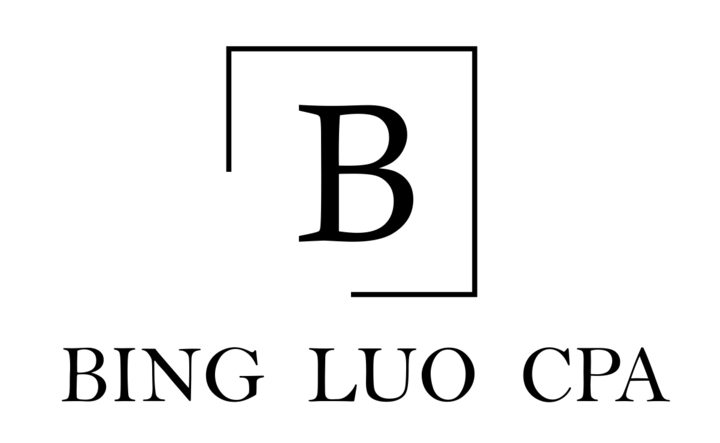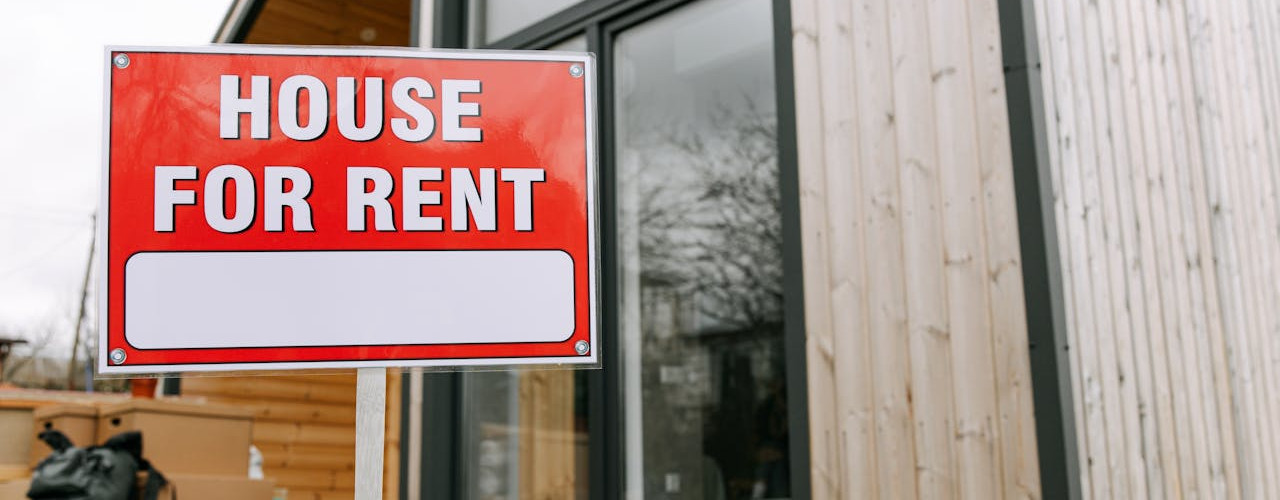
Mastering Depreciation - Part II: Advanced Depreciation Strategies for Rental Properties
February 18, 2025

In the first part of this series, we explored the fundamentals of depreciation, the IRS’s method of allowing property owners to recover the cost of their investments over time. Now, we turn to advanced strategies that can amplify tax savings, accelerate cash flow, and transform depreciation from a passive deduction into an active wealth-building tool. These tactics—cost segregation studies, bonus depreciation, Section 179 expensing, and the de minimis safe harbor—are not just for institutional investors. With the right approach, even small-scale landlords can harness their power.
Cost Segregation Studies: The Art of Accelerated Depreciation
Imagine peeling back the layers of your rental property to uncover components that can be depreciated far faster than the standard 27.5-year timeline. This is the essence of a cost segregation study, a strategic analysis that identifies shorter-lived assets within a property, such as appliances, lighting, landscaping, and flooring. By reclassifying these elements into categories like 5-year, 7-year, or 15-year property, investors can front-load depreciation deductions, creating significant tax savings in the early years of ownership.
For example, a $750,000 rental property might have $150,000 worth of reclassifiable assets. Instead of spreading that $150,000 over 27.5 years, a cost segregation study could allow $50,000 in depreciation deductions within the first five years. When paired with bonus depreciation (more on that below), the savings become even more dramatic in the first year. While these studies require an upfront investment—typically $5,000 to $15,000 to hire a professional for a detailed engineering report—the long-term payoff often justifies the cost.
Bonus Depreciation: A Temporary Windfall
Bonus depreciation is a tax policy designed to incentivize investment by allowing businesses to deduct a large percentage of qualifying asset costs immediately. For rental property owners, this tool shines when applied to assets identified through cost segregation studies. In 2024, investors can deduct 60% of the cost of eligible improvements in the first year, with the remaining 40% depreciated over the asset’s lifespan. In general, you can use bonus depreciation to deduct any new or newly acquired used tangible properties for business use that have a useful life of between one and 20 years. Some of the most common items eligible for bonus depreciation include appliances, furniture, wall-to-wall carpeting, lighting fixtures, fences, and shrubbery.
For example, consider a $40,000 kitchen renovation for a rental property, where you spent $20,000 on appliances such as stoves and refrigerators. Under bonus depreciation rules, $12,000 (60% x $20,000) of that cost could be written off in Year 1, with the remaining $8,000 spread over the appliances’ 5-year depreciation schedule.
However, this benefit is time-sensitive: The bonus depreciation deduction has dropped to 60% in 2024 (from 80% in 2023) and will be 40% in 2025. It will phase out entirely after 2026 unless Congress intervenes. This creates a “use it or lose it” urgency for investors planning major upgrades.
Section 179 Depreciation: Immediate Expensing for Strategic Upgrades
If your rental activities qualify as a business, Section 179 of the tax code offers another avenue that allows business owners to deduct the cost of certain property as an expense when the property is first placed in service. For 2024, the maximum Section 179 deduction is $1.22 million, with a phase−out threshold of $3.05 million in total equipment purchases. For expenses going beyond the $3.05 million, the business must reduce the $1.22 million maximum available expense dollar-for-dollar for the amount of expense over the $3.05 million threshold. This means if a business places $4.27 million ($3.05 million threshold plus $1.22 million) or more of tangible personal property into service in 2024, its available Section 179 depreciation for the year is $0. Also importantly, unlike bonus depreciation, which can be claimed under a loss situation, the total Section 179 deduction cannot exceed the business’s taxable income.
While Section 179 deduction is a very powerful tool allowing business owners to deduct expenses upfront, on the real estate front, it is only available if you are actively participated in the daily operation of your properties to make a profit. Since rental ownership usually is an investment instead of a business, landlords of this type generally do not qualify for Section 179 deduction. However, if one can prove that his/her rental activities qualify as a business, the business owner can claim Section 179 deduction first, and then bonus depreciation to write off expenses quickly.
De Minimis Safe Harbor: Small Expenses, Big Impact
Not every deduction requires complex calculations. The de minimis safe harbor rule allows investors to expense low-cost items immediately, bypassing depreciation altogether. Under current guidelines, items costing $2,500 or less (per invoice) can be fully deducted in the year they’re purchased. This includes everything from replacing a $1,200 refrigerator to installing $800 in smart home devices.
The key to leveraging this rule is meticulous recordkeeping. Maintaining detailed invoices and a written accounting policy that formalizes the $2,500 threshold helps substantiate deductions during an audit. For landlords making frequent small upgrades—think light fixtures, cabinet hardware, or window treatments—this rule can turn hundreds of minor expenses into thousands of dollars in annual deductions.
The Synergy of Strategic Layering
The true power of these strategies lies in combining them. A well-executed cost segregation study sets the stage for bonus depreciation, which magnifies upfront savings, while the de minimis rule sweeps up smaller purchases. For business owners, Section 179 is another powerful deduction that offers immediate savings. Together, they create a cascade of deductions that can dramatically reduce taxable income.
Navigating the Risks
These strategies are not without trade-offs. Accelerated depreciation increases “recapture taxes” upon sale, where the IRS claws back deductions at rates up to 25%. High-income investors may also face passive activity loss limits, restricting their ability to offset non-rental income. Additionally, cost segregation studies require IRS-compliant documentation, and misclassifying assets can trigger audits.
Yet, for many investors, the benefits outweigh the risks. Tools like 1031 exchanges allow landlords to defer recapture taxes indefinitely by reinvesting sale proceeds into new properties. Meanwhile, working with a tax professional versed in real estate ensures compliance while maximizing savings.
As tax laws evolve, staying informed and consulting a CPA or tax attorney remains critical. At Bing Luo CPA, we’re here to help you navigate the tax implications of your rental properties.